Several members contributed to this great FAQ for people who are wanting to plant a new yard or one that has hardly any landscaping in it. Thanks to each of you for your input.
Figure out what activities you want to be able to do in your yard and then design different elements of your landscape around that. For example, your yard will be very different if your main activities are entertaining, relaxing, and growing a rose garden than if your activities are playing with small children, supplementing your food supply w/ veggies, and exercising your dog. Thinking that through will help you plan your yard much more effectively.
If possible, don't rush into anything major too quickly. Take a season or two (or three) to watch the patterns of the sun through your yard, and really figure out the various microclimates. That will have a huge impact on what will do well and not do well in your yard.
Trees are the first thing you want to plant as they take the longest to grow. Go to the library and ask to see their book of Gardening Bulletins put out by the Maricopa County Extension Service. I think there are about 70. You can copy any of the bulletins you wish. When you decide on your trees, call the County Extension and ask them for the good and bad points on the trees you have selected. The number is 602-470-8086 - if you call weekdays between 9 and noon you may reach a live person.If you are going to buy a citrus tree be advised that it will be 4 or 5 years after you plant it before you get a good crop of fruit from the tree. It doesn't matter whether the tree is a 5 gallon one or a 50 gallon one, it still takes 4 or 5 years. Also, many people have grapefruit trees and more than willing to give away grapefruit.
You might check to make sure your drip system (if you have one) is working correctly. If you plan to add a few trees, it would be great if they were on a separate valve from your shrubs.
In March and April there are usually Garden Tours around the valley. Check out your local newspaper garden section. Visiting other people's yards will give you a good idea what they have planted and what a mature yard will look like. Sometimes it is hard to visual what a 1 gallon plant can grow to in a year or two.
Go to the Library, check out Sunset Western Garden Book and look up plants you are interested in buying for you yard and see what it says about them. Used Sunset Western Garden books are often available at used book stores.
Join a garden club and learn from the experience of the members.
For a FREE booklet listing over 200 low-water use plants that will look great in your landscape (most require little to no maintenance) contact your local city water conservation office. Ask for Landscape Plants for the Arizona Desert.
Here's a list of steps to take when landscaping a yard from scratch or renovating an existing one.
TOP TEN LANDSCAPE TIPS
10. GRADE YARD - Grading your yard gives it a more natural look and creates more dimension and interest in the landscape. It will also capture rainfall better. Dont make mounds greater than 1' in height over grade or it may look unnatural. Make mounds irregular in shape, not perfectly symmetrical and sloped. Create swales (low spots) to capture water, and direct water to your plants not the street.
9. BOULDERS - Use boulders to accent the landscape. A grade of boulders called "surface boulders" look more natural and the color usually matches the natural colored granites. Bury boulders by at least 1/3; place plants close to them to soften them.
8. GRANITE - Use 1/4 or ½ inch minus granite (not screened granite), this provides a more natural desert look, and is easier to walk on. Use natural colors like desert gold or beige.
7. GROUP PLANTS - Place plants in natural plant groupings as you would see in the desert. Dont space plants evenly around the yard. Plant groups in odd numbers. Open space is OK.
6. VIEWS - Block or enhance views. You may want to block an unsightly view, such as the truck you neighbor parks on the street, or enhance a scenic view you have of the mountains, or place plants to provide a view of your landscape looking out of a window.
5. COMMON THEME - Dont plant one of every plant you like in a small landscape, it will tend to look like a botanical garden. Use the same plant in different locations of the yard to unify the look.
4. ENERGY CONSERVATION - Be sure to block southern and western exposures of your home from the summer sun. Use deciduous trees for these exposures so that you can take advantage of the suns warmth in the winter.
3. HARDSCAPE - Hardscape is the inclusion of any non-plant features for the landscape, such as patios, benches, flagstone walkways, sculptures, boulders, bird features, etc. These areas can provide sitting areas, BBQ space and will extend your living space to the outdoors. It is usually best to plan and install these areas before plant installation.
2. FLOWERS Plant wildflowers that will reseed themselves and provide seasonal color and charm to your landscape year round. Some suggested flowers are penstemons, desert marigold, golden dyssodia, tufted evening primrose, poppies, and lupines.
1. NATIVE PLANTS - Use plants that are native to the Sonoran, Mohave or Chihuahuan deserts for best performance. These deserts are all found in the Southwestern U.S. and in Mexico. Plants from deserts from other continents (i.e. Africa or Australia) will usually perform well but the look may not always fit (i.e. large Eucalyptus trees).
(list courtesy of Donna DiFrancesco, City of Mesa)
Other suggestions include:
Take a tour the Phoenix Botonical Gardens. Note the plants, note their names, see what you like. Travel your neighbors yards, see what you like, ask the neighbor the plants name, and what care it takes. This is going to take some research on your part. The other alternative is to hire a reputable landscaper, and have them do all the work for you. ;) Plants that work well here include Desert Museum Palo Verde, Lantana, Ocotillo, Golden Barrel Cactus, Blue Century Plant, Americana Agave, Bismark Nobilis Palm, Saquaro, and some Rain Lilies might look nice too, in a desert landscape.
Look up the FAQ on this page regarding watering your plants. Arizona's desert watering is different than any other place you may have lived. Realize that we live in the desert and many things cannot grow here that are common everywhere else. Then again, we have some exceptionally beautiful plants that don't grow just anywhere else! There are several growing seasons here in Arizona. Celebrate the desert!
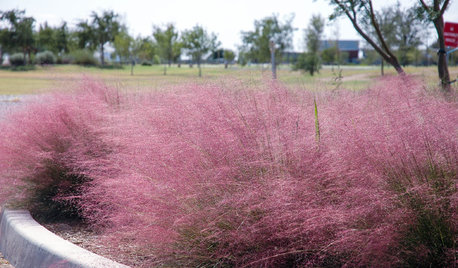
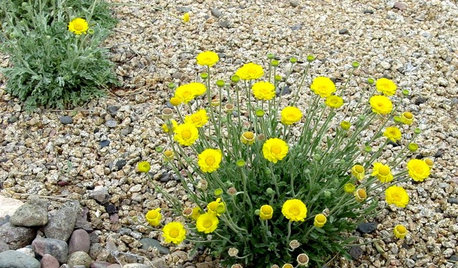
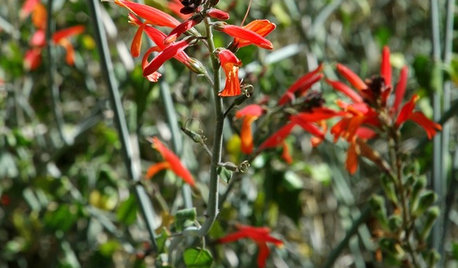
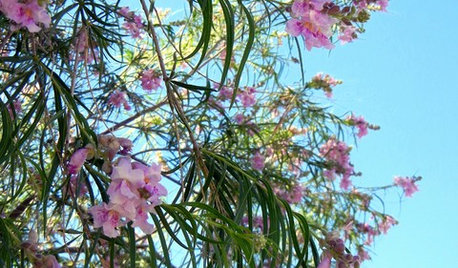
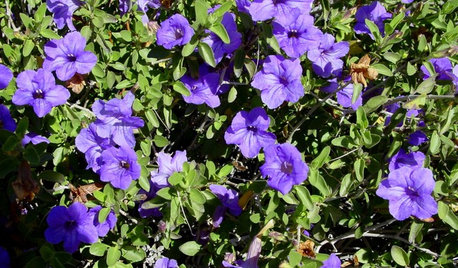
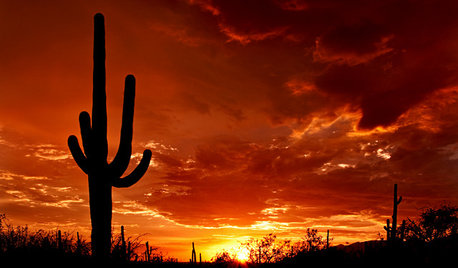
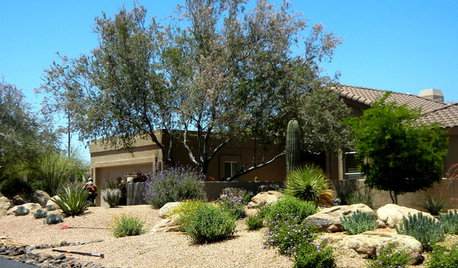
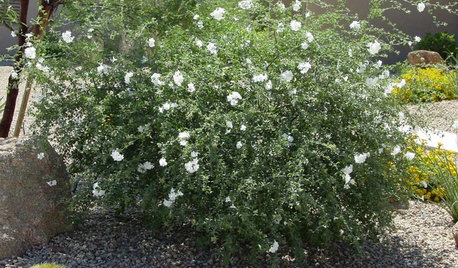
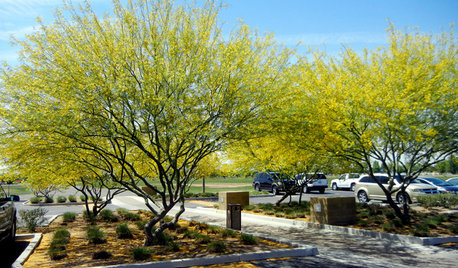
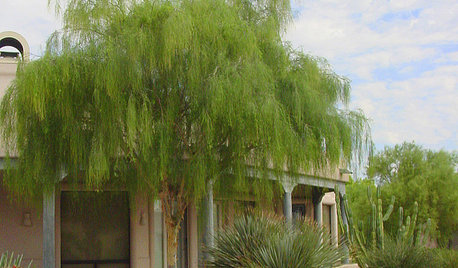



Related Discussions
Desert Landscaping for a sloped yard - Yikes!
Q
New Desert Homeowner
Q
New house and yard, need help identifying all these plants
Q
New baby desert rose, need advice
Q